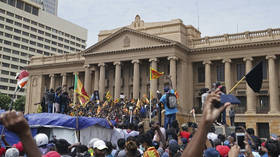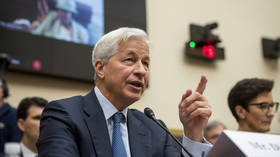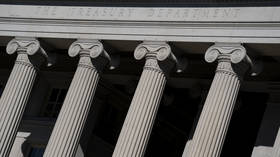Why Fed rate hikes used to cause the classic emerging-market crisis but now seem to boomerang on the US
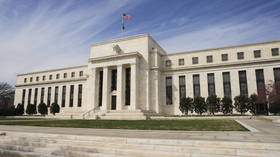
For decades, the prospect of higher US interest rates struck terror in the hearts of anyone whose fortune or fate was tied to emerging markets. As certain as night follows day, tightening policy in the US translated into financial turmoil in developing countries across the globe.
Now, with the Federal Reserve poised to retreat from the tightening cycle begun in March 2022, it is perhaps time to take stock of a startling fact: despite the sharpest US rate hikes in four decades, emerging markets have emerged relatively unscathed.
But the significance of this goes beyond the absence of headlines about leery-eyed traders panic-dumping Thai bahts and Brazilian reals. Not just have emerging markets avoided the type of turmoil usually associated with US tightening, but the roles have almost switched. It is the US itself that has begun exhibiting decidedly emerging-market-like characteristics as it confronts what may very well end up being a major sovereign debt crisis right at its front door.
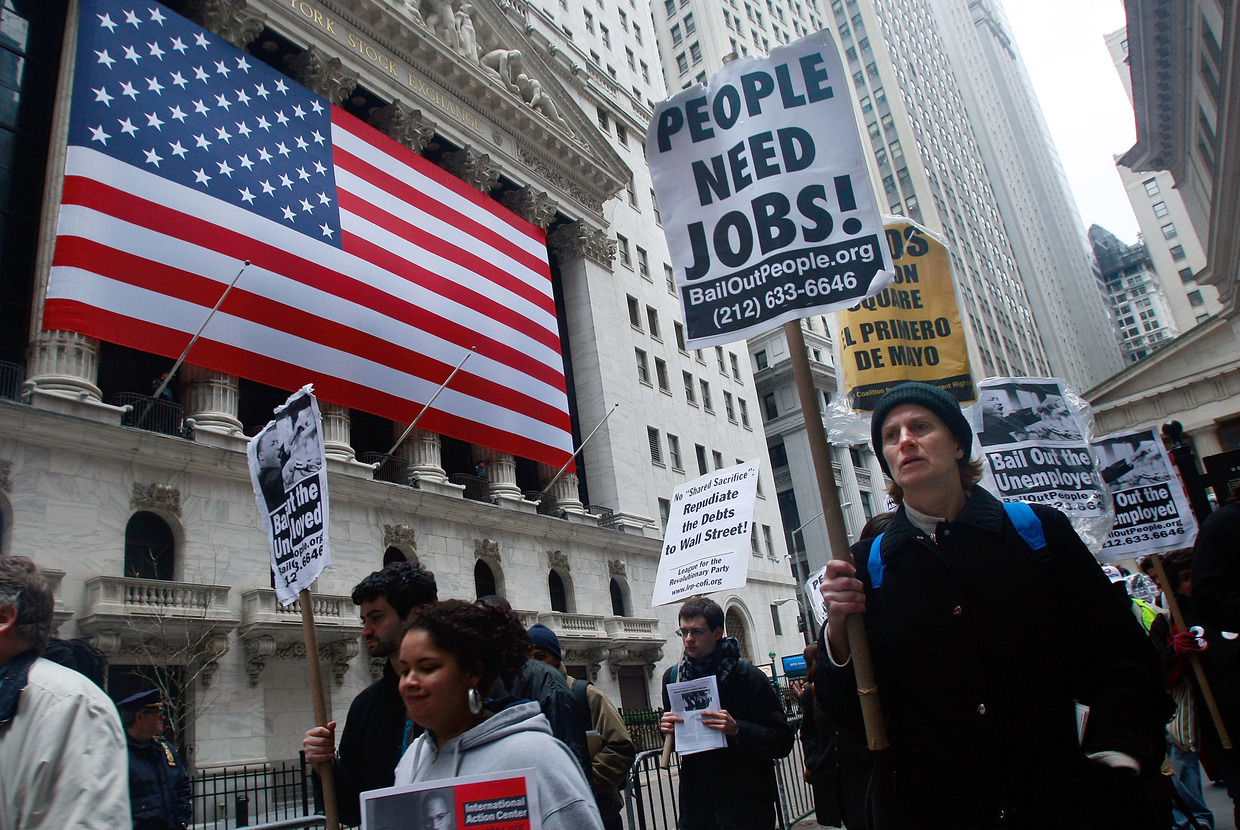
This reversal says a lot about the steady rise in resilience among emerging markets, which have become much less vulnerable to the caprices of US policy. But it also reveals something about the US. With a Treasury market struggling to withstand higher rates, a Fed increasingly beholden to the fiscal side, foreigners reluctant to increase holdings of its government debt, along with contentious and dysfunctional politics, the US is beginning to look like “Argentina with US characteristics,” as financial analyst Luke Gromen recently put it.
The making of a classic emerging-market crisis
The term ‘emerging market’ was first coined in the 1980s as a euphemism for the pejorative “third world.” It has now evolved to encompass a wide range of countries seen as fast-growing and considered to be riskier investments than ‘developed markets’.
Indeed, for many investors, the term ‘emerging market’ is synonymous with risk. In fact, the spate of emerging-market crises in the 1980s and '90s – which had a number of defining features in common – provided certain contours to the grouping of otherwise disparate countries.
Higher US rates trigger a self-reinforcing feedback loop that looks roughly as follows. Borrowing costs increase for a country that has been on the receiving end of large capital flows and taken on significant dollar debt. This influx of money often causes an economic boom, but at some point the higher borrowing costs sow seeds of doubt among investors about the sustainability of the growth and capital begins to flow out – the higher interest rates at home also make it more attractive to repatriate capital. The local currency weakens, which makes it harder for the dollar debt to be repaid, and this further spooks investors. What often tips the deteriorating situation into a full-blown crisis is that the central bank intervenes to defend the currency, thus draining foreign exchange reserves.
Throughout the 1980s and '90s and into the early 2000s, some approximation of this process played out numerous times.
The South American debt crisis of the 1980s has been called the first crisis produced by the increasingly financialized post-1971 world – that being the year when the US unilaterally reneged on the Bretton Woods agreement that provided for a gold backing to the dollar.
With inflation surging, by 1979 Fed Chair Paul Volcker had seen enough and undertook a series of rate hikes that eventually took the federal funds rate to 20%. Volcker’s tough medicine plunged the US into a recession but also reverberated across the developing world. Latin America would come in for the hardest blows.
With the region’s overheated economies slowing as interest rates rose, problems quickly followed. The crisis kicked off in August of 1982, when Mexico unilaterally declared a 90-day moratorium on debt repayments. The contagion quickly spread and would soon engulf the whole continent, thus ushering in the so-called ‘lost decade’ – a period commonly called the most traumatic economic event in Latin America’s economic history.
The next episode was in 1994, when the Fed lifted rates from 3% to 6%, which precipitated another bout of turmoil in emerging markets. Once again, Mexico found itself in the immediate crosshairs. And once again the culprit was the toxic brew of higher US rates hitting a weakening local currency and too much debt. What became known as the Tequila Crisis erupted when Mexico tried to devalue the peso by 15% against the dollar; what happened instead was a disorderly rout that saw the currency shed over 50% and the country’s banks collapse.
Fast-forward a few years and we arrive at what most now see as the archetypal emerging-market meltdown: the Asian crisis of 1997. Ostensibly, it was caused by a whipsaw of capital-flow reversals and macroeconomic imbalances. But in March of 1997 the Fed had nudged interest rates slightly higher, from 5.25% to 5.5% in what was perhaps a ‘straw that broke the camel’s back’ moment. Four months later, a full-blown currency crisis erupted in Thailand, when the country’s central bank burned through its dollar reserves in an ultimately unsuccessful bid to defend the Thai baht.
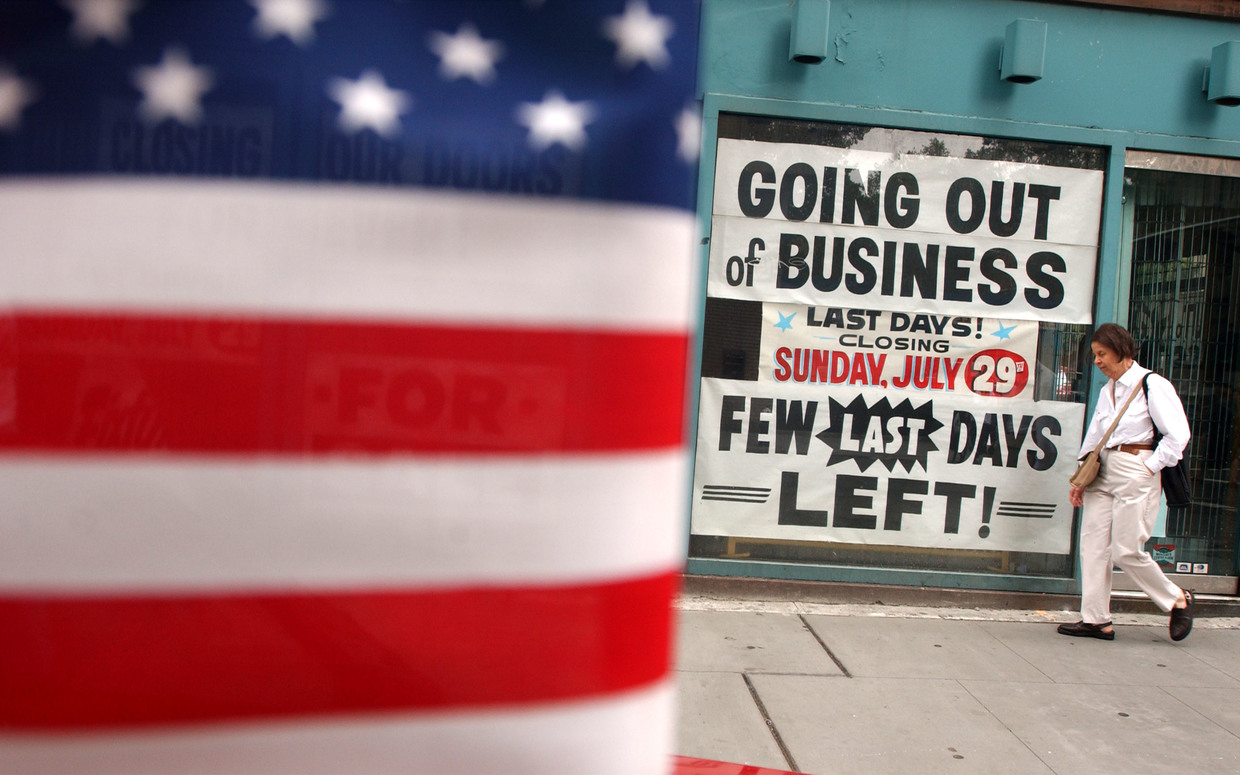
The crisis would quickly spread and would end up wreaking havoc across East Asia and beyond. In 1998, Russia would default, and in 1999 Brazil’s currency, the real, would undergo a harrowing 35% devaluation against the dollar.
Further tightening of monetary policy by the Fed in 1999 and 2000 popped the so-called dotcom bubble domestically. But it also caused upheavals in emerging markets. Türkiye was hit by a financial crisis that led to a sharp devaluation of the lira, while Argentina defaulted.
What is interesting is that the Fed tightening cycle of 2004-06, in what is perhaps an early foreshadowing of what we are seeing now, did not fuel an emerging-market crisis but rather reverberated at home with the 2008 crisis. The higher rates caused more defaults among subprime borrowers and helped accelerate the collapse of the already saturated housing market.
To put it in a larger context, the ensuing Great Financial Crisis is undoubtedly a watershed moment when the source of risk to the financial system shifted from emerging markets to developed markets.
Nevertheless, during the 2008 crisis practically all emerging-market currencies collapsed, while the dollar, somewhat perversely serving as a refuge even in a crisis caused by the US itself, actually posted gains for the year.
The Fed pulled out the pin….and nothing detonated in emerging markets
When the Fed embarked on what would become a string of 11 consecutive rate hikes starting in March 2022, it did not take long for the usual chorus of alarm about emerging markets to make itself heard.
Marcello Estevao of the World Bank asked in a post: ‘Are we ready for the coming spate of debt crises?’ Bloomberg published an article called ‘Historic Cascade of Defaults Is Coming for Emerging Markets,’ while NPR ran a story entitled ‘An economic perfect storm is battering emerging markets. Debt crises loom,’ The Atlantic Council warned: ‘The world isn’t ready for the looming emerging-market debt.’
Mark Dow, a money manager and former IMF economist once summed up the anxiety suffered by emerging-market investors when US policy tightens, saying they are “waiting for the good old-fashioned crisis” and that “it always ends with a blow-up…it’s happened so many times for so many of the old wizened EM hands that they are conditioned to believe it has to be like that again.”
With no more rate hikes in the cards and the Fed’s next move likely to be a reduction of interest rates, now seems to be the moment to assess the outcome. How did those dire predictions play out?
No doubt to the surprise of those issuing the hurricane warnings, looking outside we see merely a few rain clouds scudding across the emerging-market sky.
Admittedly, there were a few problems. The Financial Times even referred to a “silent debt crisis” afflicting emerging markets thanks to the higher interest rates. There were a couple of isolated defaults, notably Sri Lanka. Argentina is once again mired in crisis. But the problems in both of these countries run deep and precede the Fed rate hikes. What we categorically have not seen is a systemic and contagious breakdown. The classic emerging-market crisis was conspicuously absent despite the Fed’s most severe tightening campaign in four decades.
If the old adage, that the classic emerging-market crisis begins in Washington, no longer holds, the question arises: what changed?
There are numerous reasons why emerging markets are now more resilient and it would require a separate essay to examine each of them. Many emerging markets have built up stronger and more durable economies that are less dependent on hot-money flows. Many important structural reforms have been undertaken. In fact, most of the emerging economies in Asia have run current-account surpluses in recent years. This is in stark contrast to the period leading up the 1997 crisis, when the affected economies had been running current-account deficits and thus relied on external funding.
Another notable factor has been the changing nature of emerging-market public debt. In the 1980s and ‘90s, practically all emerging-market debt was denominated in foreign currencies, thus giving rise to the risk of an abrupt depreciation in the local currency that would render the FX-denominated debt unpayable. Now, only around 60% of emerging-market public debt is FX-denominated. Overall debt levels are also lower.
However, arguably the most important factor has been the widespread adoption by central banks in emerging markets of inflation-targeting regimes. This means that countries now place a greater emphasis on controlling inflation and are more willing to shift interest rates accordingly.
Since the crises of the 1980s and ‘90s, price stability has come to be seen as the primary goal of monetary policy, rather than targeting a certain exchange rate or trying to maintain a peg. In this sense, emerging markets have adopted a point of orthodoxy of the developed world. Currency pegs, meanwhile, have largely been abandoned in major emerging markets.
It is notable in this respect that during this most recent episode of Fed tightening starting in 2022, a number of emerging markets – notably Brazil, Mexico, Chile and South Africa – actually raised interest rates before the Fed did, a stark contrast to previous Fed rate-hike cycles, where emerging markets lagged behind. This is an important assertion of autonomy on the part of emerging-market central banks, who are no longer sitting around in a frozen panic while the Fed acts.
Echoes of the old debt crises with a surprising new face
If 2008 marked a watershed moment, where the effects of higher US interest rates first seem to have boomeranged, the most recent tightening cycle has marked a continuation of that trend – albeit so far without a global meltdown.
For Americans, the growing national debt has been a longstanding, familiar and seemingly benign feature of the national landscape. Demand among foreigners for US debt abroad was traditionally robust, and in any case the debt was in the country’s own currency, so there was never a risk of a currency mismatch or default.
However, when interest rates rose sharply and deficits spiraled, it all of a sudden became a serious problem that has been widely acknowledged. Economist and ‘Black Swan’ author Nassim Taleb recently likened the US debt problem to a “death spiral.” JPMorgan CEO Jamie Dimon has talked about a “debt cliff” that the US is approaching at 60 miles-per-hour. Even the director of the Congressional Budget Office, hardly a hotbed of apocalyptic thinking, opined that “it’s a slow spiral, but it’s still a spiral – of rising debt and rising payments on the debt,” adding that “the situation is unsustainable.”
A rise in interest rates on a large pile of debt dramatically increases interest expenses, which eat up an increasing share of the government budget. But the problem runs deeper than a number-crunching exercise in sustainability. The US is approaching a place that will be very familiar to anyone who has followed emerging markets: where monetary policy is inevitably distorted by fiscal policy.
Last fall, economist Charles Calomiris wrote a white paper that was posted to the website of the St. Louis Fed and made the rounds among professional investors. Calomiris essentially argued that, given the current levels of US government debt and projected deficit levels, the US is at risk of falling into what is called fiscal dominance – a situation when debt and deficits are so high that monetary policy loses traction.
Interest rates are normally raised to starve inflation, but there comes a point when the debt is so large that the higher rates simply drive debt service costs even higher – thus causing the need for more monetary financing, which is inherently inflationary.
One implication of this is that a central bank can end up being compelled to employ the levers of monetary policy to support the prices of government securities, thus pegging yields at low levels to reduce the costs for the government of servicing the debt. Economist Michael Green translates this into the vernacular as: “The Fed loses its independence and must focus on its objectives as the fiscal agent of the US government at the expense of its role as steward for the US monetary system.”
In a sense that's where we have gotten to, although not explicitly. If we can appreciate how hamstrung the US government would be if Treasury yields rose uncontrollably (not to mention the carnage that would cause in the financial system), we can see that the Fed is, in a backdoor sort of way, pulling on its levers to peg yields lower (meaning supporting bond prices).
The Fed formally has what is called a dual mandate: its job is to ensure full employment and price stability. But as Luke Gromen points out, it seems to now have a shadow third mandate: Treasury market functioning. Financial market stability is not part of the Fed’s remit. And yet every time the Treasury market begins to backfire, the Fed swoops in – regardless of where inflation or unemployment is.
In other words, the Fed is all gung-ho for fighting inflation as long as doing so doesn’t cause something to break in the Treasury market. And when something does break – which has been happening more and more frequently in recent years – it has shown itself more than willing to pump in liquidity through the back door.
We saw this in 2019 with the repo crisis; in 2020, when yields surged during the early days of the pandemic and the Fed came in with $600 billion a week in QE; again in September 2022, when massive tails at Treasury auctions emerged and the UK gilt market blew up; again in March 2023, when Silicon Valley Bank and Signature Bank collapsed due to being upside down on their Treasury holdings; and then even in late 2023, when, despite falling inflation, the ten-year Treasury yield was rising. In this case, the Fed responded by trotting out seven speakers in nine days to say the bond market was doing its job for it.
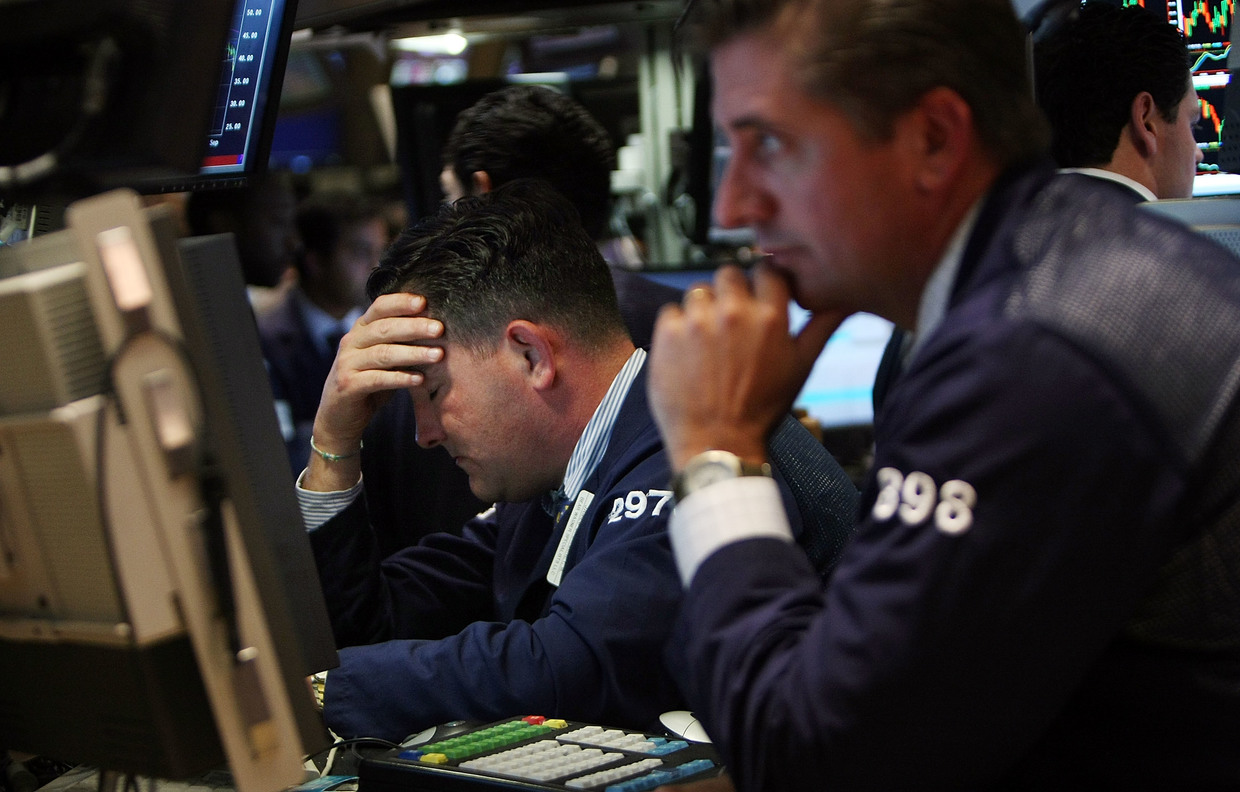
It is true that US inflation has come down and in that sense the Fed has so far managed to successfully walk a fine line between combating inflation and keeping the markets functioning. But many economists are by no means convinced that inflation has been defeated. Joseph Wang, a former trader on the Fed’s Open Markets desk, has called what we are seeing “transitory disinflation.” Meanwhile, as the US indulges in ever greater deficits, which will have to be covered by highly inflationary money printing, inflation will likely return, particularly given that, as Gromen argues, the Fed has made clear its deepest priority is not actually fighting inflation.
Of course, Jerome Powell and company are also keen to prevent a massive financial breakdown on their watch, with the ignominy that would entail. But such motivations notwithstanding, it would not be too much of a stretch to assert that the implicit backstopping of the Treasury market is tantamount to employing the levers of monetary policy to support the prices of government securities. It is a subtle move toward the loss of central-bank independence and toward the blurring of the lines between fiscal policy and monetary policy.
This is where it comes full circle. Those wizened emerging-market hands Mark Dow referred to will be able to check a lot of familiar boxes: a rise in interest rates suddenly creating a debt sustainability problem – check. Monetary policy being subordinated to fiscal policy – check. Persistently high inflation – check. Let’s also throw in two other developing-world traits: America’s twin deficits and a dysfunctional political system in which every election is contested and political adversaries harass each other through legal means. As Mark Twain famously said, “history doesn’t repeat itself, but it often rhymes.”

